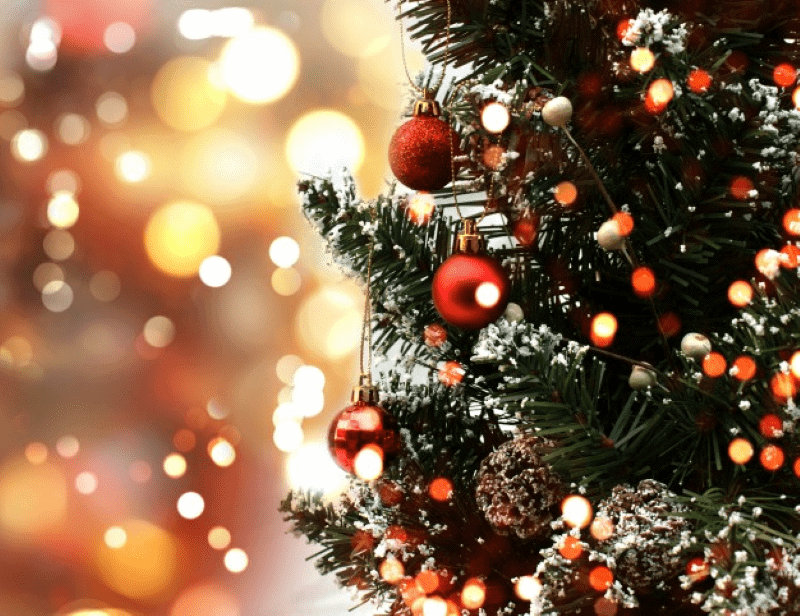New Year’s Day is one of the most celebrated holidays around the world. It marks the beginning of fresh beginnings, new opportunities, and time for reflection. This is a great time to spend with your family and loved ones as you celebrate the start of another year together. The celebrations that accompany New Year’s Day are diverse and reflect the many cultures of the world.
Create a Family Vision Board
One of the popular activities that you can engage in on New Year’s Day as a family is making resolutions. This is where family members come together and discuss some of the things they want to achieve in the New Year. You can start by talking about the goals that you have for the year and the steps you will take to achieve them. This can be a fun and bonding experience as each family member is given a chance to express themselves and share their vision for the year ahead.
Start the Year with a Bang: Attend a New Year’s Day Parade
Another great activity for the family during New Year’s Day is attending parades. Many cities around the world have parades as a part of their New Year celebrations. Parades are typically filled with music, dancing, and colorful floats that represent the different cultures of the world. Attending a parade is a great way to experience different cultures and interact with people from different walks of life.
Get Moving with Outdoor Winter Activities
If you live in an area that experiences snowfall, snow tubing and skiing are also great activities that the whole family can enjoy together during New Year’s Day. These activities are a great way to spend time together and enjoy the winter season. It is also an opportunity to stay active and get some exercise as you embrace the outdoors.
Unleash Your Inner Chef with Festive Recipes
Another fun activity that you can engage in on New Year’s Day is preparing traditional New Year’s Day dishes. Many cultures around the world have dishes that they prepare to mark the start of the New Year. You can try out different recipes and enjoy delicious meals as a family. This will not only provide a great bonding experience but also allow you to experience different cultures and traditions that are associated with New Year’s Day.
Giving Back: Volunteering Ideas for a Meaningful New Year’s Day
Finally, you can also spend your New Year’s Day volunteering in your local community. There are usually many organizations that are in need of volunteers during this time of the year. You can choose to donate food, participate in charity events, or clean up public spaces. This is a great way to give back to society and start the New Year on a positive note.
In summary, New Year’s Day is a great time to spend with family and loved ones. There are many fun activities that you can engage in together to celebrate the start of another year together. From making resolutions, attending parades, snow tubing, skiing, preparing traditional dishes, or volunteering in your local community, there’s always something that families can do together on New Year’s Day.






